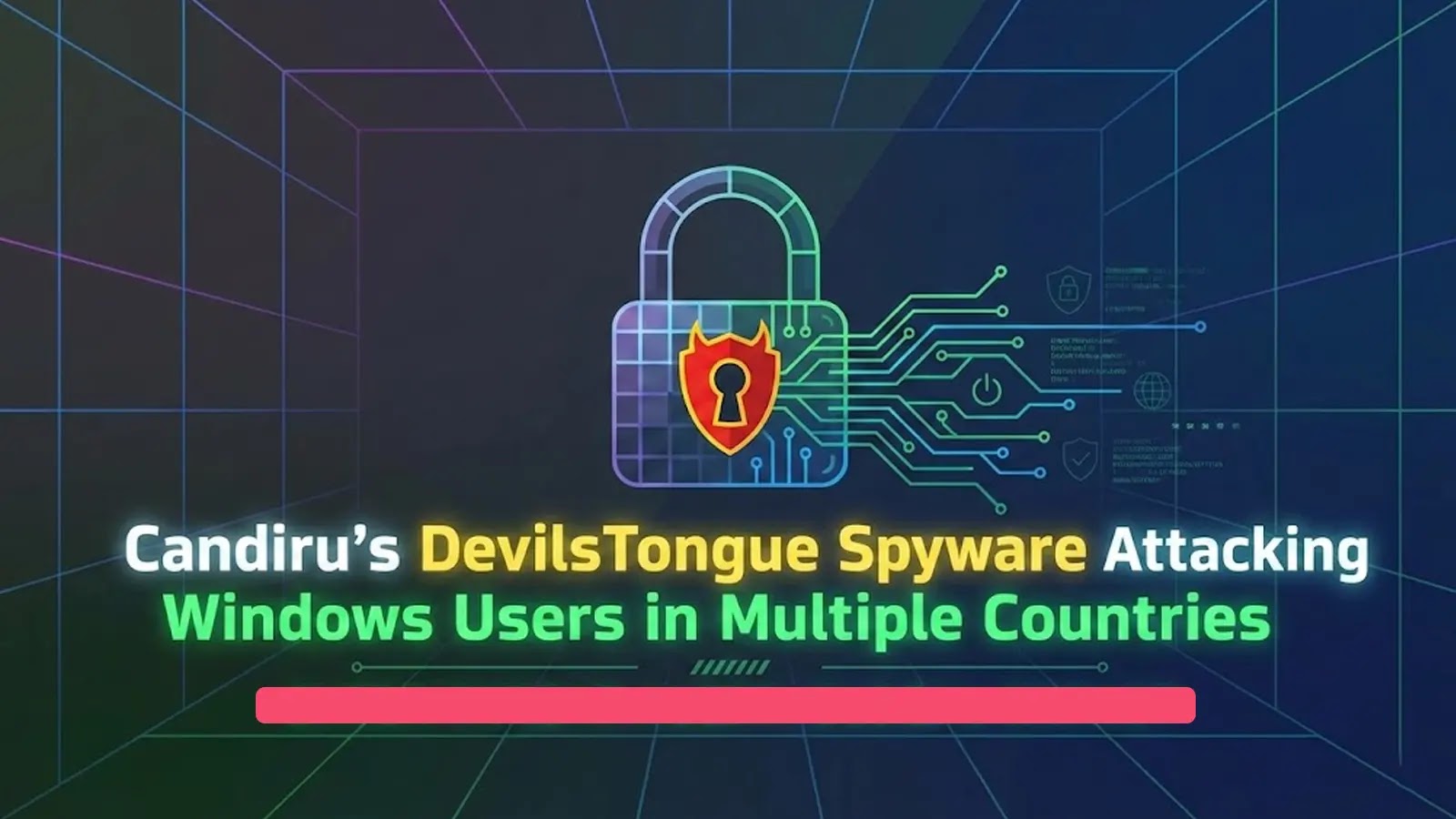In recent months, a sophisticated cyber threat actor known as Mysterious Elephant has intensified its operations, focusing on government and diplomatic entities throughout the Asia-Pacific region. First identified by Kaspersky’s Global Research and Analysis Team (GReAT) in 2023, this advanced persistent threat (APT) group has continually refined its attack methodologies, blending custom-developed malware with modified open-source tools to evade detection and maintain prolonged access to compromised networks.
Evolution of Attack Techniques
Initially, Mysterious Elephant employed straightforward phishing tactics, distributing weaponized documents to unsuspecting targets. However, their recent campaigns demonstrate a significant advancement in both delivery methods and post-exploitation tools.
Initial Compromise: Spear-Phishing and Exploitation
The group’s attack sequence often begins with spear-phishing emails that contain malicious Office documents exploiting the CVE-2017-11882 vulnerability. When recipients open these documents, a lightweight PowerShell loader, known as BabShell, is executed. BabShell serves as the cornerstone of Mysterious Elephant’s modular attack framework, retrieving more complex payloads from attacker-controlled servers.
Advanced Payload Delivery: MemLoader HidenDesk
As their tactics evolved into 2025, Mysterious Elephant introduced a second-stage loader named MemLoader HidenDesk. This tool injects remote access trojans (RATs) directly into system memory, effectively reducing forensic traces on disk and complicating detection efforts.
Data Exfiltration Strategies
Subsequent stages of the attack focus on extracting sensitive information, particularly WhatsApp data such as documents, images, and archives. To achieve this, the group utilizes custom exfiltration tools named Uplo Exfiltrator and Stom Exfiltrator. These tools encode the stolen data using XOR-based obfuscation before transmitting it via HTTP to domains like storycentral.net and monsoonconference.com. By leveraging legitimate domains and HTTPS protocols, Mysterious Elephant effectively camouflages malicious traffic within normal network activity, thereby evading detection.
Detailed Infection Mechanism
The infection process is meticulously crafted to ensure stealth and persistence:
1. Spear-Phishing Email Delivery: The attack initiates with a spear-phishing email containing an RTF document that appears to be a routine meeting invitation.
2. Exploitation of CVE-2017-11882: Upon opening the document, a memory corruption vulnerability in the Office Equation Editor is exploited, leading to the silent execution of a hidden PowerShell process.
3. Deployment of BabShell Loader: This PowerShell process downloads and executes the BabShell DLL loader, which decrypts its embedded configuration to establish communication with command-and-control (C2) servers.
4. Execution of MemLoader HidenDesk: BabShell then retrieves and executes MemLoader HidenDesk, which injects a variant of the Remcos RAT directly into memory, facilitating remote control and data exfiltration.
Implications and Defense Strategies
Mysterious Elephant’s operations underscore a high level of technical sophistication and adaptability. Their use of multi-stage infection tactics, combined with the integration of open-source codebases and proprietary modifications, presents significant challenges for cybersecurity defenses.
To mitigate the risks posed by such advanced threats, organizations should implement the following measures:
– Regular Software Updates: Ensure all software, especially Office applications, are updated to patch known vulnerabilities like CVE-2017-11882.
– Employee Training: Conduct regular cybersecurity awareness training to help employees recognize and avoid spear-phishing attempts.
– Advanced Threat Detection: Deploy advanced endpoint detection and response (EDR) solutions capable of identifying and mitigating in-memory attacks.
– Network Monitoring: Implement robust network monitoring to detect unusual data exfiltration activities, particularly those involving encrypted traffic to unfamiliar domains.
By adopting these proactive strategies, organizations can enhance their resilience against sophisticated APT groups like Mysterious Elephant, thereby safeguarding sensitive information and maintaining operational integrity.



